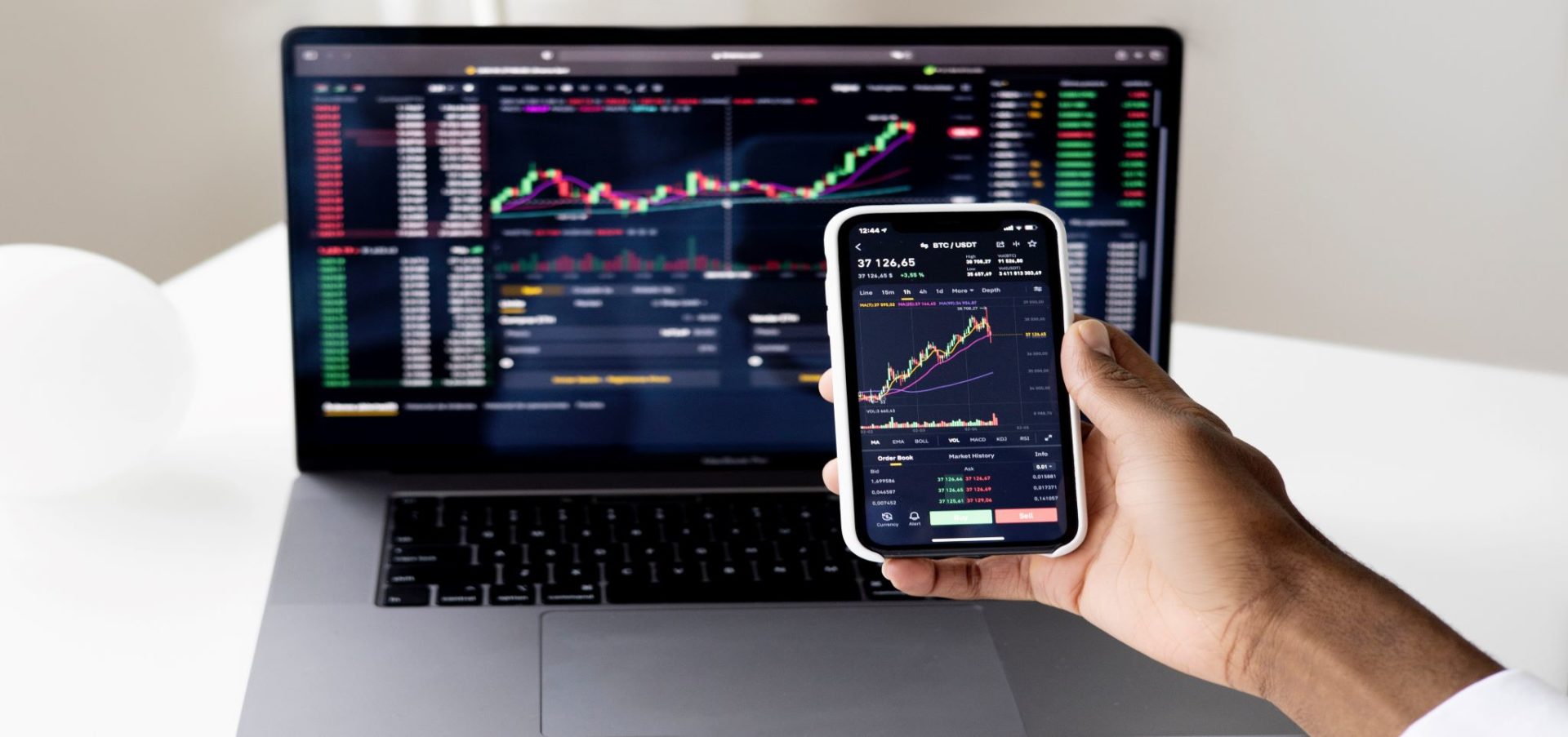Is your retirement portfolio diversified enough with the right amount of Mutual Funds, Exchange-Traded Funds (ETFs), and annuities? Are you diversifying it further with any type of alternative investment such as real estate, commodities, or even crypto?
For a less volatile option, have you considered adding fixed-income investments to your portfolio?
Continue reading to learn more about fixed-income investments, their risks and rewards.
What are Fixed-Income Investments?
Fixed-income investments are a type of commitment that pays its investors a certain amount of dividend payments per year until the fund reaches full maturity. At maturity, the full principal amount is then repaid to every investor. Typically, fixed-income securities give investors a more conservative, less risky approach to investing, compared to other traditional stocks and investment options.
Essentially, an enormous benefit of investing in fixed-income bonds includes the predictability of your total dividends, plus the return of your initial principal investment. This gives you the power to plan your financial ventures ahead accordingly with your next moves.
Most commonly, investors looking to acquire fixed-income securities find them through the U.S. government, or through private or public corporate entities. Traditionally, organizations use these types of funds to raise capital for day-to-day operations and other large financial projects.
Additionally, the fluctuating changes in fixed-income markets can closely mimic the ebbs and flows of interest rate movements. For example, some contributing factors to rising fixed-income rates might include higher inflation, lower liquidity availability, higher levels of credit growth and more government borrowing programs that can potentially make interest rates climb higher. In contrast, generally, the reverse happens to fixed-income interest rates when the economy is stalling, causing them to drop as inflation decreases.
Fixed-Income Investment Bond Example
Let’s run through a quick example of what investing in a fixed-income fund might look like. A company you’re interested in issues a 5% bond to you if you deposit $50,000 and agree to let it sit with them for five years.
During the five-year holding period, you will receive $2500 per year. Depending on who you work with, they may pay out your dividends on a monthly, quarterly, or semiannual basis. At the end of the five-year holding period, you will receive your $50,000 principal deposit back and you’ll have made $12,500 on your investment.
The Rewards of Fixed-Income Investments
When it comes to fixed-income, there are potentially numerous benefits. These benefits might include the following:
Steady Income – Fixed-income investing can give you a continuous stream of income over the life of the bond. It gives you access to money in the event you really need it.
Stability – Fixed-income investing is mostly* predictable. It gives you the ability to plan your financial endeavors in advance. Even before you sign the agreement form, you’ll know exactly what you’ll make on your investment at the end of the bond’s holding period. Additionally, you’ll know exactly when to expect your dividend payments each month, quarter, or semi-annually.
Portfolio Diversification – Fixed-income products are a great solution to diversify your retirement portfolio. The more diversified investments you hold, the more it will offset the risk of a volatile market.
The Preservation of Capital Invested – At the end of the holding period, you’ll have been paid out the entire dividend agreement, as well as paid back your principal payment in full.
*No investment is guaranteed. There are numerous risks associated with any type of investment that may or may not meet your expectations. Continue to the risks section of the article to learn more.
The Risks of Fixed-Income Investments
Risk of default -There is no guarantee that a company will stay in business. In the event that a company goes under while you’re investing in a fixed-income bond with them, there is no guarantee that you’ll receive both your dividend payments and your principal investment paid back in full. However, if a company goes under, typically, fixed-income investors will be paid back their principal investment before any other shareholders of the company.
When investing in fixed-income bonds, you can look up a company’s credit rating on any specific bonds they’re offering. If a company has a high credit rating, the bond they issue will be at a lower rate of default, because these ratings reflect the fund sponsor’s credit rating.
Please, read this informative article about bond ratings from Fidelity to learn more.
Lower Rate of Return – Typically, in comparison to other investment vehicle types, fixed-income investments offer a lower rate of return. This is mostly due to the potential of rising and lowering inflation. You can find fixed-income bonds with higher rates of return, but they are typically riskier to invest in.
Low Liquidity – While you do receive monthly, quarterly, or semi-annual dividend payments on your principal investment that you can plan for, unexpected life events may result in you potentially needing your entire investment back.
While it is possible to get it back, cashing out in a timely manner may not be possible. This is because fixed-income bonds are not as easy to sell or move as some of the other more traditional investment vehicles.
Interest Rate Risks – Fixed-income bonds have an inverse relationship with interest. When these rates climb, the price of the bond falls. In reverse, if the interest rates dip, the price of these bonds rises.
Fixed-income products become more in demand when interest rates decline because more people want to buy the bonds already on the market. This is because the return rates are typically higher than any of the new, similar bonds that are about to be issued, which will be influenced by the new interest rates.
Inflation Risks – inflation can affect your purchasing power. While one of the main benefits of fixed-income bonds is that you get a fixed rate of return, if that return is less than the rate of price increases, then you could potentially lose your purchasing power.

About Caliber
Caliber’s story is rooted in a set of investment principles that are now the company’s foundation. These principles were created naturally during our first formal year of operations, raising $18 million from investor-partners and buying, renovating, and selling over 150 single-family homes in 2009. Today, Caliber is growing to nearly $1 billion in assets under management or development.
Click here to see Caliber’s current property portfolio.
Caliber is the premiere wealth development company and fund sponsor in the Southwest, U.S. – focusing on projects that benefit individual and institutional investors, U.S. communities, and other environmental, social, and governmental initiatives. Caliber has an extensive history in managing numerous real estate property classes including commercial, hospitality, healthcare, and multi-family to name a few. The firm’s founders have decades of experience executing high conviction real estate strategies that generate attractive risk-adjusted returns. Caliber deploys a vertically integrated business model that develops wealth for its investors through various sponsored fund offerings.
Contact us at [email protected] to learn more.
